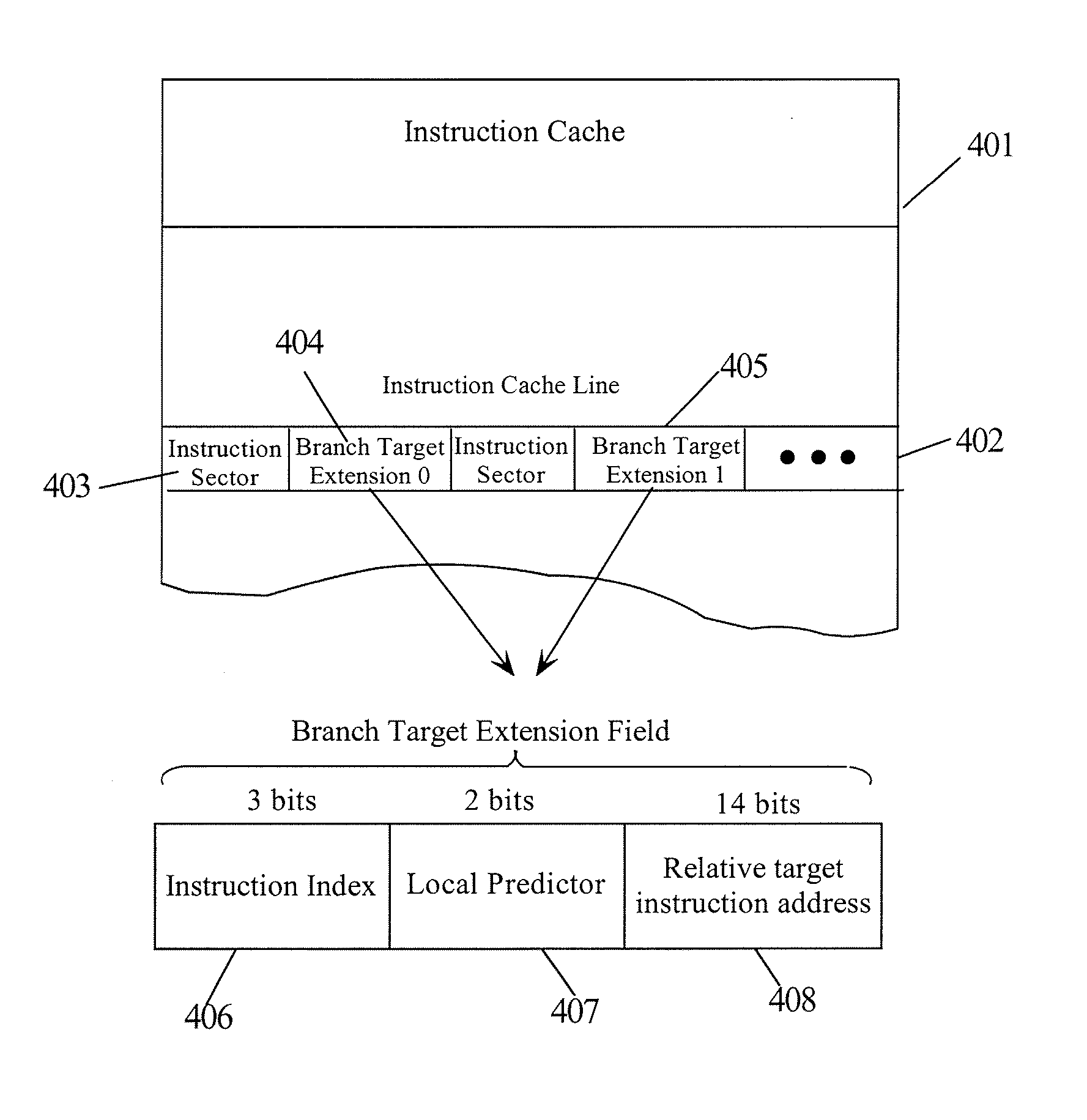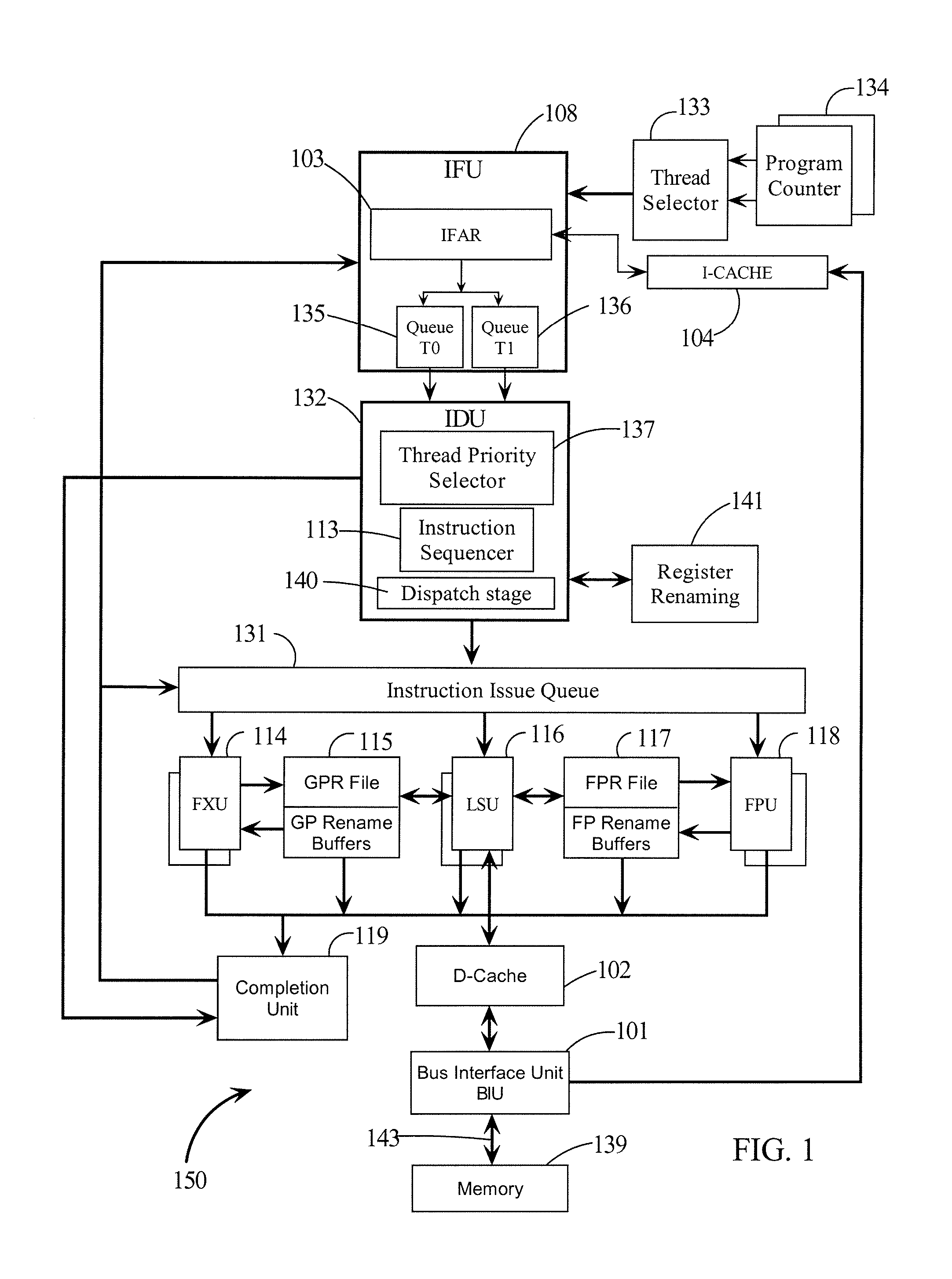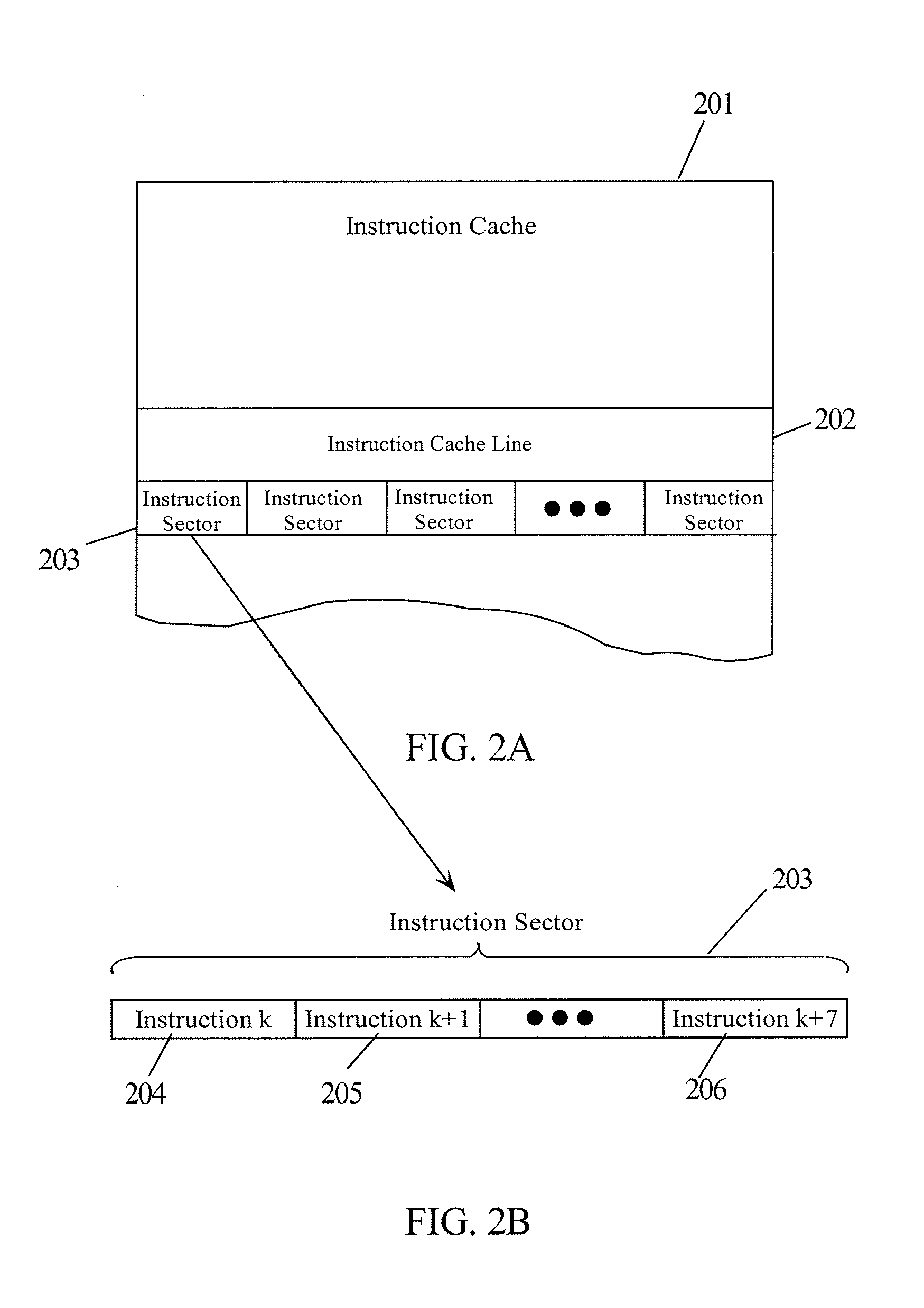The only problem is that these instructions also have a tendency to depend upon the outcome of prior instructions.
However, using this technique has achieved a rather impressive downturn in the rate of increased performance and in fact has been showing diminishing returns.
Assuming that the application is written to execute in a parallel manner (multithreaded), there are inherent difficulties in making the program written in this fashion execute faster proportional to the number of added processors.
However, there are problems with CMP.
In this way, a CMP
chip is comparatively less flexible for general use, because if there is only one thread, an entire half of the allotted resources are idle and completely useless Oust as adding another processor in a
system that uses a singly threaded program is useless in a traditional multiprocessor (MP)
system).
Whereas much of a CMP processor remains idle when running a single thread and the more processors on the CMP
chip makes this problem more pronounced, an SMT processor can dedicate all functional units to the single thread.
However, in some instances, this disrupts the traditional organization of data, as well as instruction flow.
The branch prediction unit becomes less effective when shared, because it has to keep track of more threads with more instructions and will therefore be less efficient at giving an accurate prediction.
This means that the pipeline will need to be flushed more often due to mispredictions, but the ability to run multiple threads more than makes up for this deficit.
However, this will be design and application dependent.
Potentially, the
aliasing problem will be more severe which will directly affect performance.
Furthermore, SMT may potentially increase the branch penalty, i.e., the number of cycles between branch prediction and branch execution, which in turn will decrease performance.
The penalty for a misprediction is greater due to the longer pipeline used by an SMT architecture (by two stages), which is in turn due to the rather large
register file required.
Another issue is the number of threads in relation to cache sizes, the cache line sizes, and their bandwidths.
As is the case for single-threaded programs, increasing the cache-line size may decrease the
miss rate but also may increase the miss penalty.
Having support for more threads which use more differing data exacerbates this problem and thus less of the cache is effectively useful for each thread.
As before, increasing the associative level of blocks increased the performance at all times; however, increasing the
block size decreased performance if more than two threads were in use.
This was so much so that the increase in the
degree of association of blocks could not make up for the deficit caused by the greater miss penalty of the larger
block size.
If the entries in a shared register
rename array are mostly assigned to one thread then that thread may be using an excessive amount of this
shared resource.
If the other thread needs a
rename register to proceed, then it may be blocked due to lack of a resources and may be restricted from dispatch.
Instruction fetch has been a
bottleneck for modern high performance processors.
The problem derives from the branch instructions for controlling the program execution flow.
However, when the branch is taken, instruction fetch needs to start from a new address which usually involves some
delay.
It also consumes more power and is hard to accommodate multiple accesses.
Trace cache—an I-Cache which stores dynamic instruction sequences.
 Login to View More
Login to View More  Login to View More
Login to View More 


